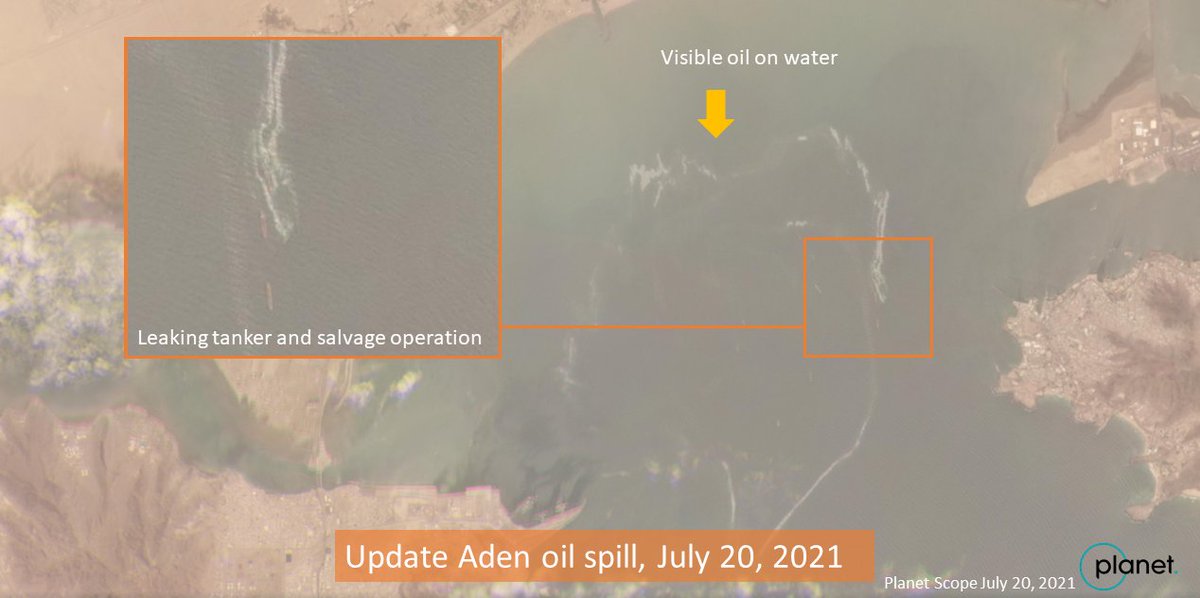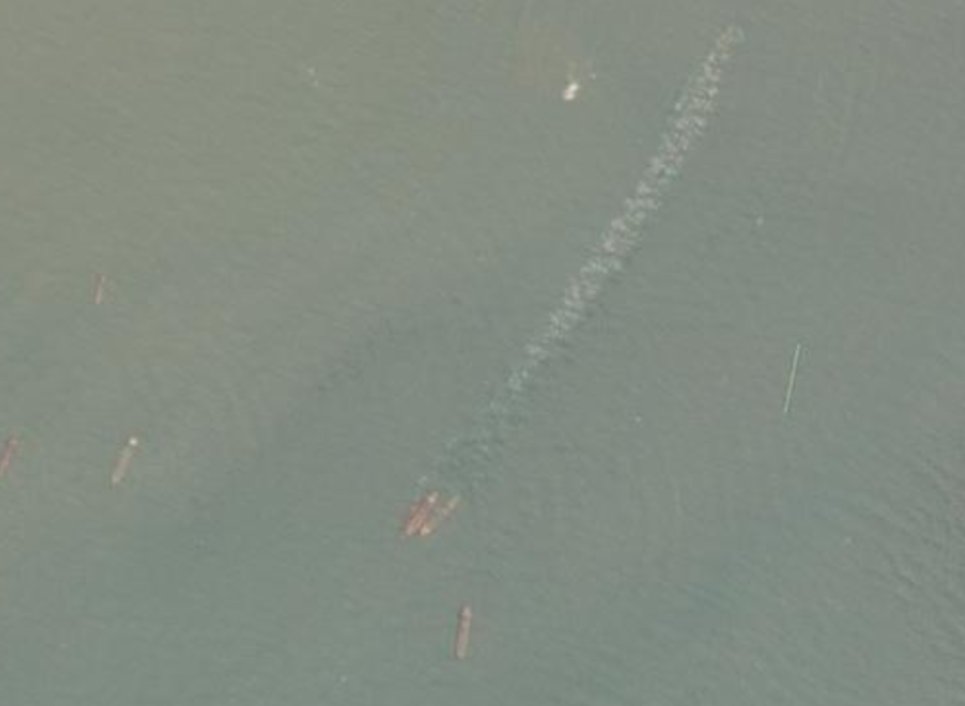
Over the last two years we worked with local partners, used satellite imagery and open-source investigation to identify the specific problems that affects public health and the environment people depend on. Here's a small thread with what we found in NE #Syria 1/x 


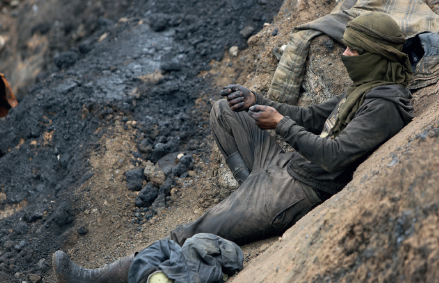
The main focus was on the Hasakah and to a smaller extend the Raqqa governorate, due to presence of our partners and own access. More analysis on environmental issues in the SDF controlled Deir ez Zor is in the making 2/x 

Communities keep flagging public health concerns over unsafe landfills, solid waste dumping and burning. We identified over 20 large solid waste dumps, the combined size of 420 football fields. Chemicals from leachate contaminates groundwater and burning worsens air pollution 3/x 

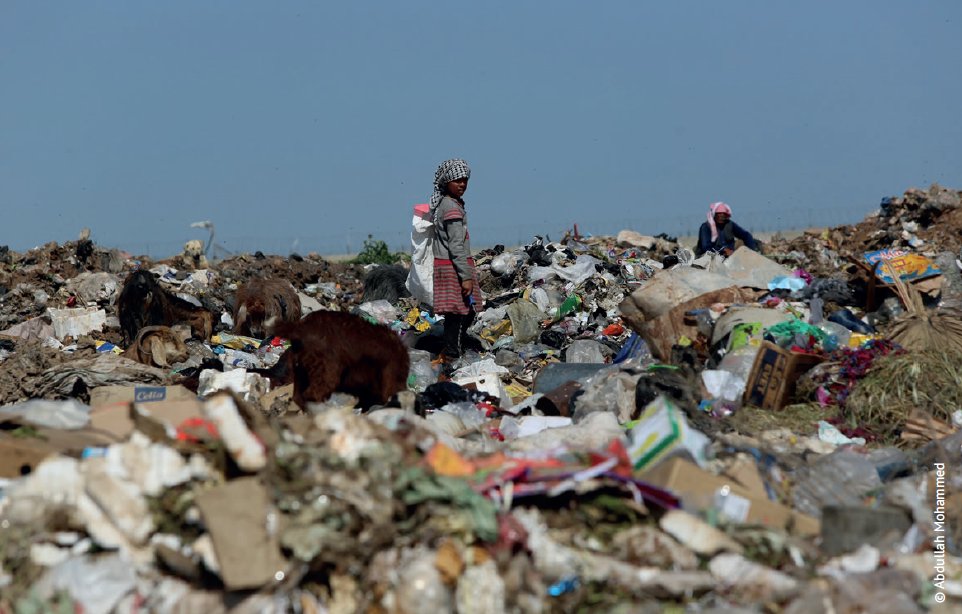
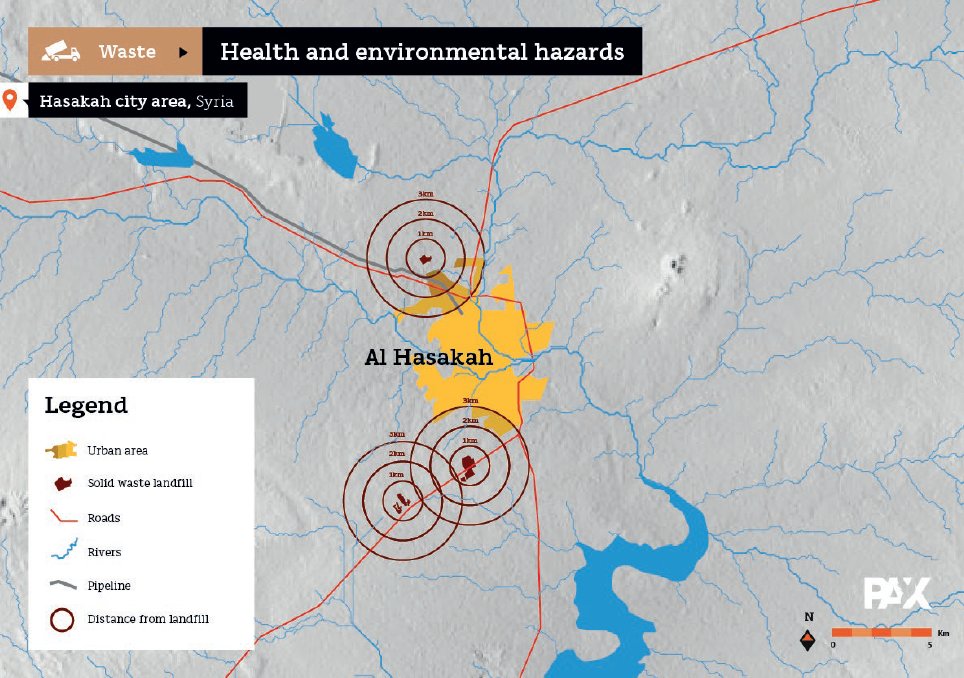
Oil revenues keeps the region of NE #Syria afloat, but comes with a heavy toxic prize. There are 3 main problems: Oil waste, leaks and makeshift refining that are polluting air, ground water and exposes people and eco-systems to a range of pollutants. 4/x 

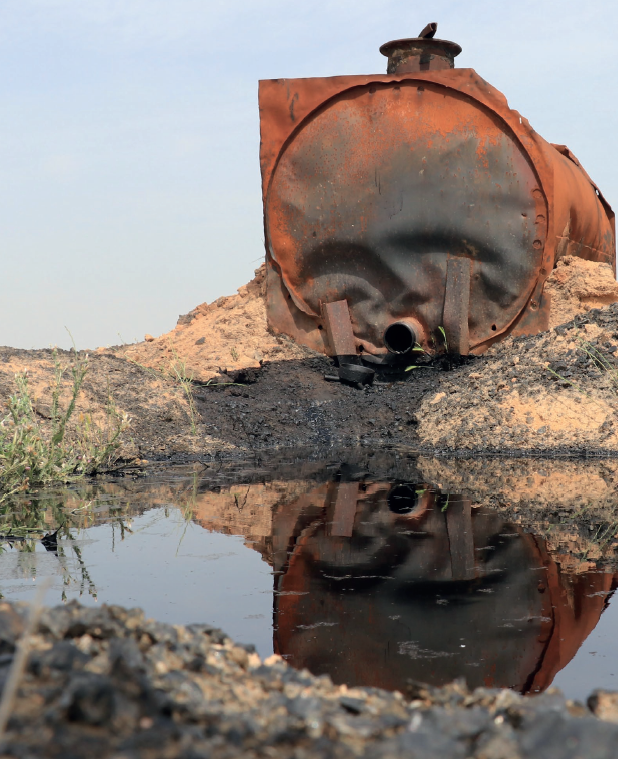

Oil exploitation is producing waste that is either dumped into local creeks or stored in large waste ponds all over the region. We found 530 leaks at extraction points, and oil waste dumps at the major refineries and oil storage facilities that have been ongoing for years 5/x 



Next up is makeshift oil refining, a widespread practice in the early years of the conflict. Thousands of small burners spread over 690 clusters were identified. Civilians, including many children, worked in toxic conditions. Roughly 200 refineries are still operational 6/x 



The oil production creates large volumes of bitumen, asphalt left-overs. This is stored in dozens of large and smaller unsafe open-air waste pits, posing environmental risks by contaminating ground water and can be found all over the region with satellite imagery. 7/x 


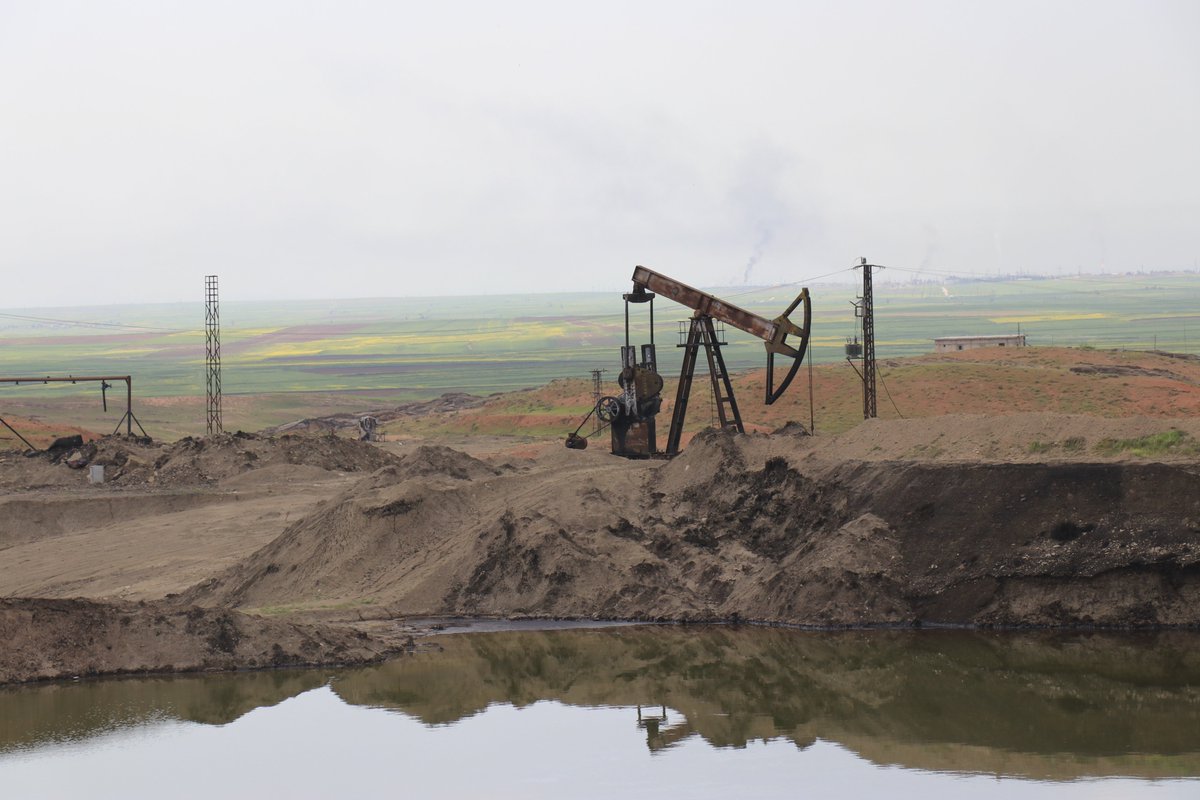
The conflict had a serious impact on water and irrigation infrastructure which continues to pose a huge problem for access to clean water for millions today. Shut-down of water stations, bombed pipelines and dumping of waste degraded water quality and impacts public health 8/x 

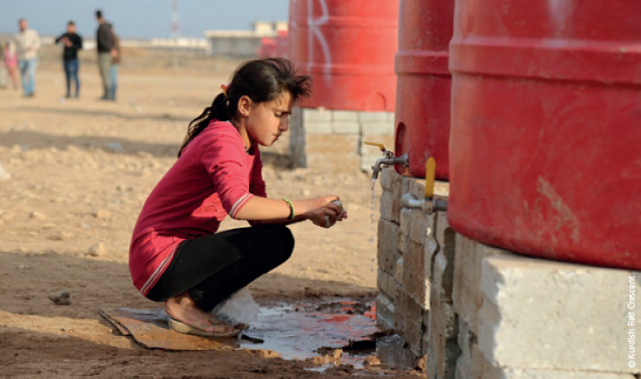

Being #Syria's breadbasket, climate-induced droughts are increasing, affecting harvest yields in Hasakah and Raqqa. Agricultural areas are more vulnerable to wildfires, that are deliberately or accidentally started. These issues will continue to pose #foodsecurity challenges 9/x 



Yet there are glimmers of hope, as communities and activists raise their voices, demand change and take up initiatives to improve the situation. This needs support!
Read more in our recommendations on environment, peace and security in #Syria ⬇️ 10/END paxforpeace.nl/news/overview/…
Read more in our recommendations on environment, peace and security in #Syria ⬇️ 10/END paxforpeace.nl/news/overview/…
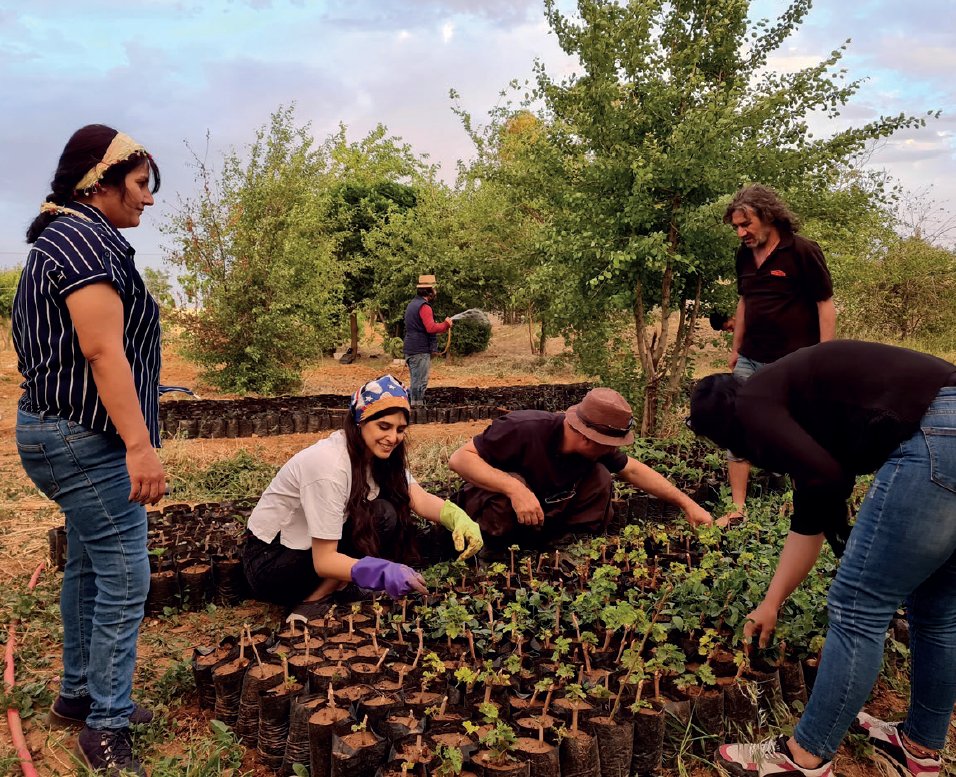
• • •
Missing some Tweet in this thread? You can try to
force a refresh


